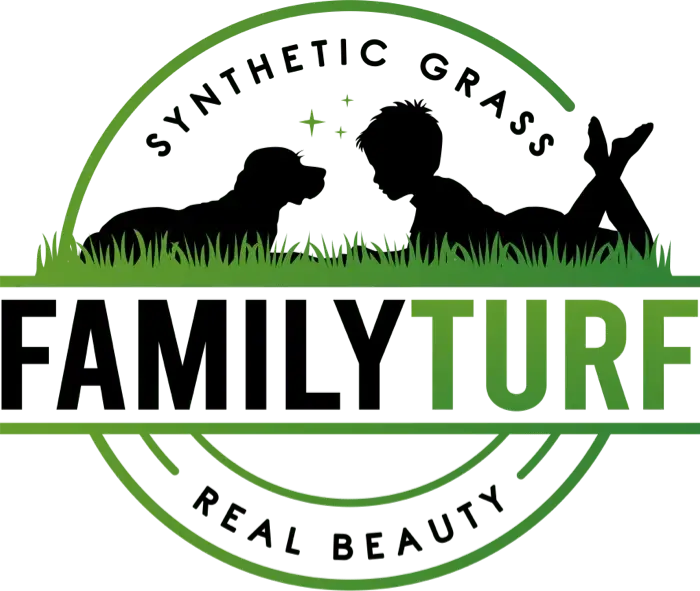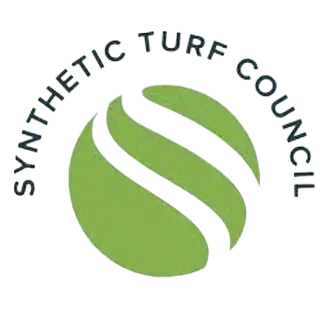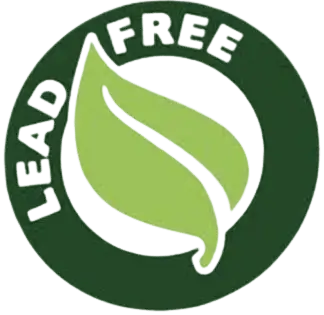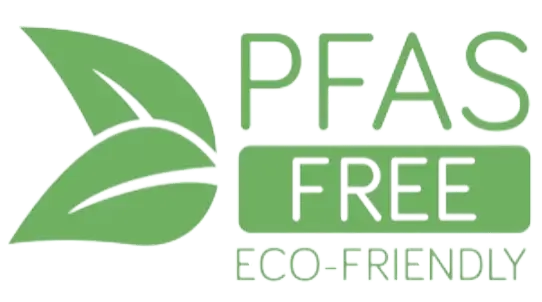The History of Artificial Grass for Landscaping
The history and evolution of artificial grass for landscaping are owed to its predecessor — sports turf. Synthetic grass has evolved quite a bit since the 1960s introduced the first artificial fields.
A modern, technically advanced surface for each sport is designed to give uniformity in performance for that exact sport. Artificial grass has also found its way into the landscaping industry for residential and commercial applications.
The History of Artificial Grass for Sports
What began as a way to help improve inner-city youth’s physical fitness in the 1950s sparked a whole industry dedicated to artificial grass production.
Synthetic turf was installed first in 1964 at the Moses Brown School in Providence, Rhode Island on a recreation field. But, the first substantial artificial grass project for the public came shortly thereafter, in 1966, when artificial grass was installed in the Houston Astrodome in Texas. After Astrodome’s hit success, synthetic turf was getting installed in other stadiums and schools and became a staple to athletics programs across the United States and Canada.
The shag carpet trend of the 1970s was followed by the artificial turf industry with “shag turf.” The longer grass blades were created from a softer polypropylene material, making them more visually appealing and user-friendly.
By the third generation of artificial turf in the 1990s, turf fibers featured a much more soft polyethylene blade—which is the grass you’ll see on any residential, commercial, or sports landscape today.
The History of Artificial Grass for Landscaping
Artificial grass was mainly focused on the sports industry for more than 20 years. But then, in the early 1990s, installing artificial grass in the arid, drought-prone Western U.S started gaining more and more popularity.
The trend has been driven by the substantial improvement in the variety and quality of artificial turfs available, along with the lower maintenance cost versus traditional grass. Because artificial lawns can be a substantial water conservation measure in locations where water usage is of concern, quite a few commercial building managers recognize the upside of artificial grass.
Where to Use Artificial Grass
Even though the history of synthetic lawns is short, it certainly isn’t lacking in creativity. Since you no longer have to worry about sunlight, watering, or fertilizing synthetic grass, turf is tailor-made for municipalities where natural grass can’t grow well.
A few popular places for synthetic turf are:
- Difficult slopes
- Patio areas
- High foot traffic areas
- Hotels
- Office buildings
- Airports
- Pool areas
- Rooftops
- Backyards
One of the best things about synthetic grass is you can get creative with it. Different colors, pile heights, and shapes can give you a fresh look. Incorporating steppingstones, concrete slabs, and other designs within the turf are possible, also. The sky’s the limit!
Organic Lawn Costs vs. Synthetic Lawn Costs
While the history of artificial grass lawns might be short,|Yes, the history of artificial lawns may seem short, but it is certainly more cost-effective than organic lawns. Making the change from traditional grass to artificial turf will allow you to control your landscaping budget.
Regular lawn maintenance requires frequent mowing, watering, fertilizing, seeding, pest control… the list goes on. If you have pets accessing the grass on your property, you are likely very familiar with the brown spots where Fido chooses to relieve himself, too.
Even if you do the maintenance work yourself, you are wasting precious time away from the other things you could be doing instead—such as spending time with family and friends or exploring your hobbies more.
Take a look at the chart below to figure out just how fast you will experience a return on your investment if you choose synthetic landscaping.

The Shawgrass Advantage
Shawgrass products are designed and manufactured by the same research and development team responsible for the industry leading athletic fields created by Shaw Sports Turf. Shawgrass products are made to offer the look of natural grass with the performance characteristics to deliver ,maximum durability.
If you want to see and feel this grass for yourself, you can call us at 714-681-6660 or contact Family Turf Wholesalers today.



